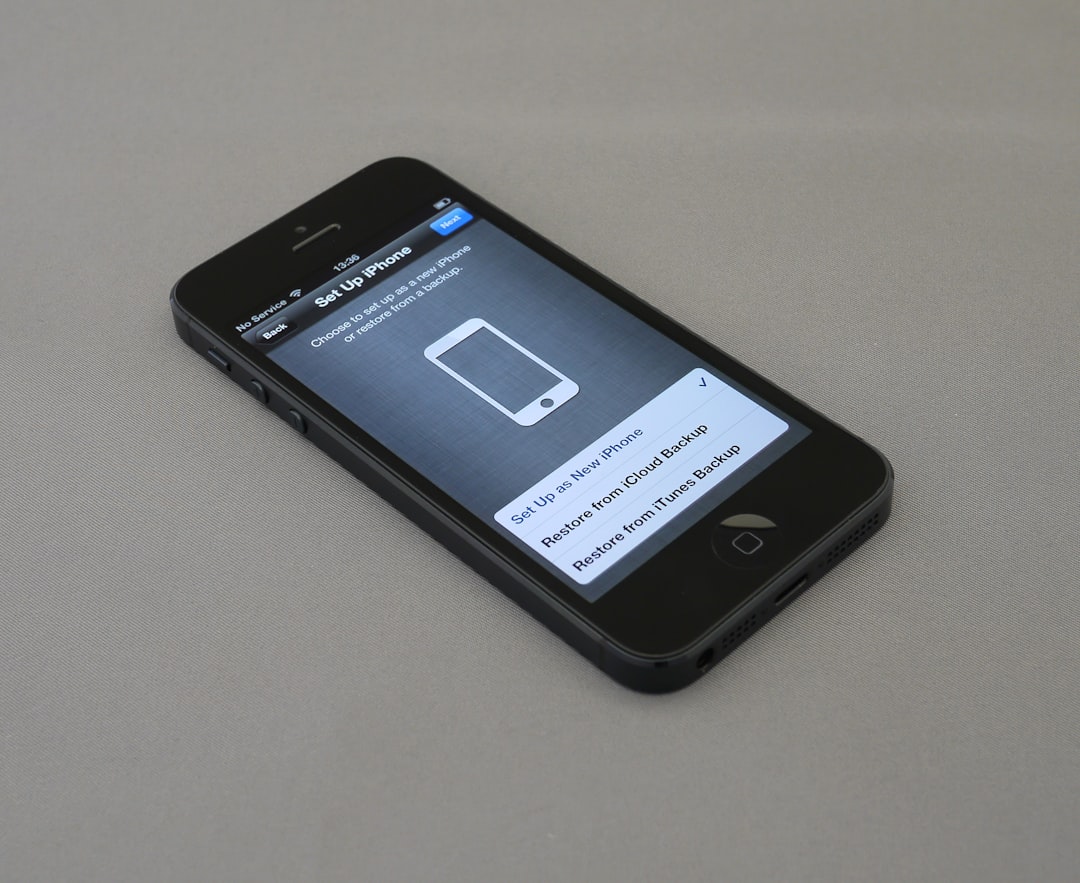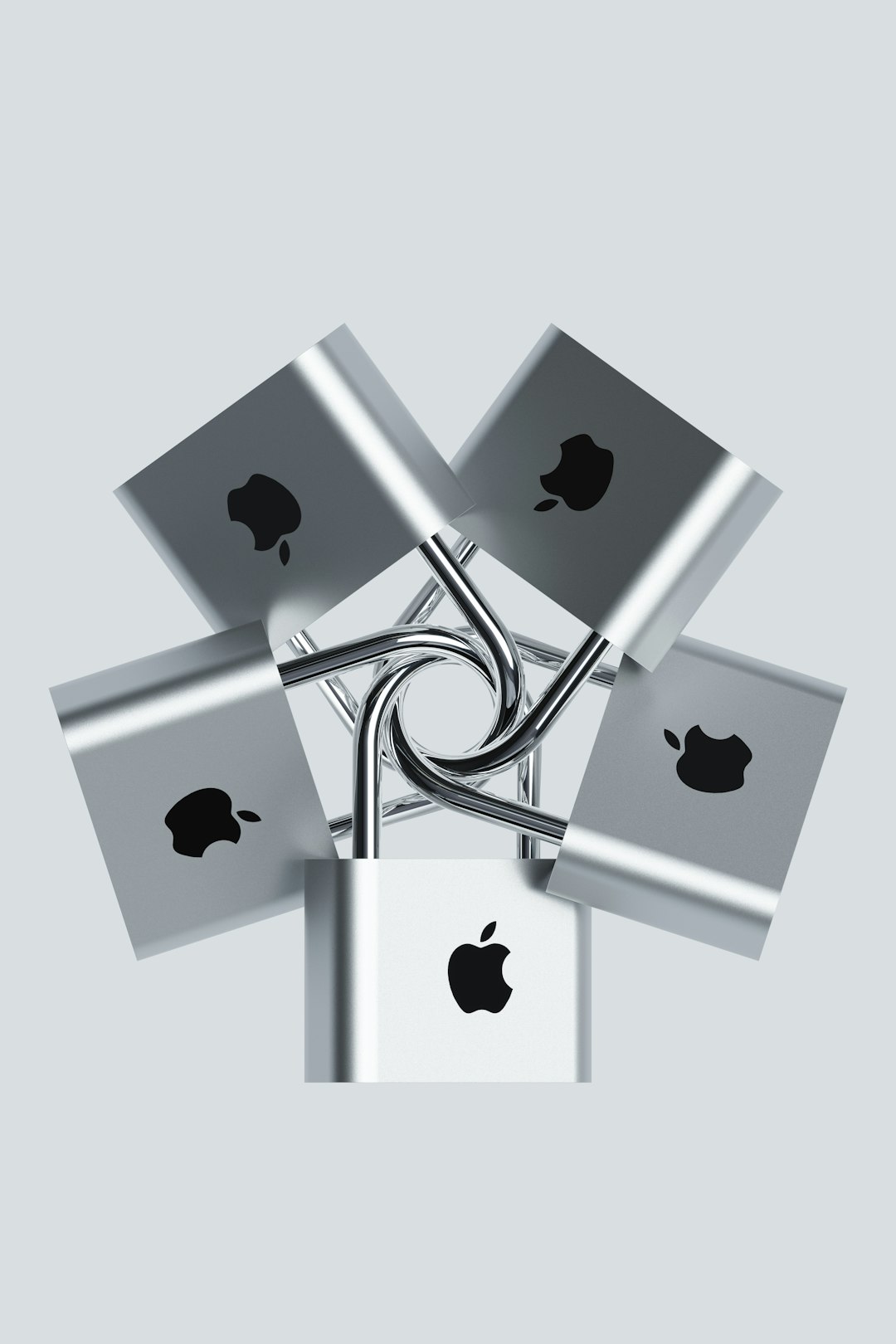
iCloud is a powerful and convenient cloud storage solution for Apple users. It keeps personal data, photos, videos, documents, and app data synced across all devices. However, with only 5GB of free storage, iCloud can fill up quickly. Understanding how to manage this limited space effectively ensures users stay connected with their content without unexpected interruptions.
10 Easy Tips to Free Up iCloud Storage
Here are ten practical and simple strategies anyone can use to free up iCloud storage space immediately:
1. Delete Old iCloud Backups
One of the biggest culprits of iCloud storage usage is device backups. These backups often include data from old devices that are no longer in use without the user realizing it.
- Go to Settings on your iPhone or iPad
- Tap [Your Name] > iCloud > Manage Storage > Backups
- Select unneeded backups and choose Delete Backup
This step can immediately free up a large portion of storage if you’ve upgraded devices or have multiple backups stored.
2. Optimize iPhone Storage for Photos
If you use iCloud Photos, your media library might take up most of your space. Instead of storing full-resolution versions of every photo and video, let your device keep optimized versions.
- Go to Settings > Photos
- Turn on iCloud Photos
- Select Optimize iPhone Storage
This keeps the full-resolution originals in iCloud and space-saving versions on your device.

3. Delete Unnecessary Photos and Videos
Photos and videos are space hogs. If you have lots of screenshots, duplicates, or outdated videos, deleting them can free up significant space.
- Use the Photos app to sort by type (like screenshots, selfies, etc.)
- Empty the Recently Deleted album after you’ve deleted content
An even better solution is to use tools and apps that help identify duplicates and large files you may want to delete or remove.
4. Clear Messages and Attachments
The Messages app stores old conversations, photos, gifs, and videos, which are all backed up to iCloud.
- Set messages to delete automatically after 30 days or 1 year
- Go to Settings > Messages > Keep Messages
- Select 30 Days to prevent unnecessary data from accumulating
You can also browse large attachments by going to Settings > iCloud > Manage Storage > Messages > Review Large Attachments.
5. Manage iCloud Drive Files
iCloud Drive allows you to store documents and files across devices. But leftover downloads, outdated folders, or document duplicates can quietly take up space.
- Use the Files app to browse and delete unnecessary items
- Regularly clean out folders and remove unneeded documents

6. Turn Off App-Specific iCloud Storage
Third-party apps and some Apple apps use iCloud to store data. While convenient, some apps store unnecessary files that linger even when you’re no longer using them.
- Go to Settings > [Your Name] > iCloud
- Review the list of apps using iCloud
- Toggle off iCloud access for apps you don’t really need cloud data from
This helps lower the background data that quietly builds up over time.
7. Clean Up Mail and Attachments
If you use iCloud Mail, your inbox and attachments count toward your iCloud storage. Large mail attachments or thousands of unread emails can strain your limit.
- Visit iCloud.com
- Select Mail, then manually go through and delete old or junk emails
- Don’t forget to empty the Trash and Junk folders
8. Use Shared Albums Instead of iCloud Photos
Instead of uploading unlimited full-resolution photos to iCloud, consider using Shared Albums. Shared Albums store images at a lower resolution and do not count toward your iCloud limit.
- Open the Photos app
- Tap Albums > + > New Shared Album
- Invite people and add photos that don’t need to be in full resolution
This is ideal for family albums, vacation shots, or group events shared with friends.
9. Consider Offloading or Deleting Apps
Some apps store large data caches in iCloud, even when they’re not actively in use. Offloading them can reclaim both device and iCloud storage.
- Go to Settings > General > iPhone Storage
- Tap on apps to see how much space they’re using
- Choose Offload App to free up associated iCloud files
This is especially helpful with podcast apps, video editors, or journaling apps.
10. Upgrade Your iCloud Plan
If none of these methods provide sufficient space, upgrading your plan might be the best long-term solution. Apple offers affordable subscriptions with more storage space.
- On your device, go to Settings > [Your Name] > iCloud > Manage Storage > Change Storage Plan
Plans start at 50GB and are shareable with Family Sharing in iCloud+ tiers which include extra features like Hide My Email and Private Relay.

Key Takeaways
- Managing iCloud is an ongoing process—regular reviews can prevent surprises.
- Photos, videos, and backups are typically the largest users of iCloud storage.
- Apple gives you control to customize what gets stored in iCloud. Use it wisely!
Frequently Asked Questions
Q1: What takes up most iCloud storage?
A: The biggest culprits are typically photos and videos, device backups, and messages with attachments. These types of data often build up quietly over time.
Q2: If I delete photos from iCloud, will I lose them permanently?
A: Yes, if iCloud Photos is turned on and you delete a photo from your device, it will be removed from iCloud and across all synced devices. Be sure to back up important photos before deleting.
Q3: Can I use other cloud storage instead of iCloud?
A: Absolutely. Apps like Google Photos, Dropbox, and OneDrive offer cloud storage and syncing. They can help free up iCloud space by moving large files elsewhere.
Q4: How often should I check and clean up my iCloud storage?
A: A monthly check is ideal. Set reminders to review large files, unused backups, and unnecessary apps to keep your storage under control.
Q5: Is upgrading iCloud worth it?
A: Yes, if your needs exceed 5GB and you’re heavily integrated into Apple’s ecosystem, upgrading ensures your devices sync smoothly and backups are current.






